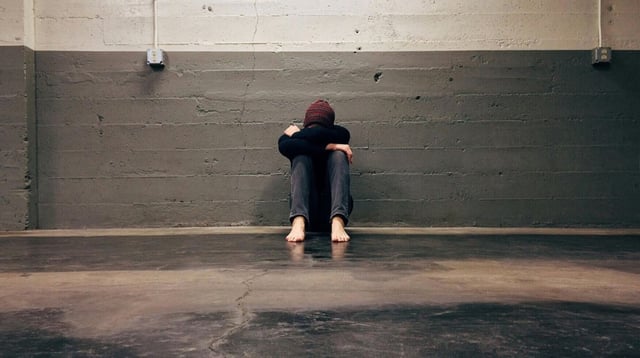Overview
- Self-reported distress climbed from 18.4% in 2010 to 28.1% in 2024, marking a steady long-term increase.
- Tracking from 2022 to 2024 shows 58% remained symptom-free, 5% had persistent distress, 12% had intermittent patterns and 18% worsened in 2024.
- Prevalence is sharply higher among the poor (39.5% versus 21.8% for non-poor), those with chronic illness (31.4%) and people facing unemployment or precarious work, with women averaging about three points higher than men.
- In 2024 the highest rates shifted to adults aged 60–74, reaching 30.1% and overtaking previously more affected younger cohorts.
- Access gaps persist as UBA data indicate nearly half of those needing psychological care cannot obtain it, largely for economic reasons.



